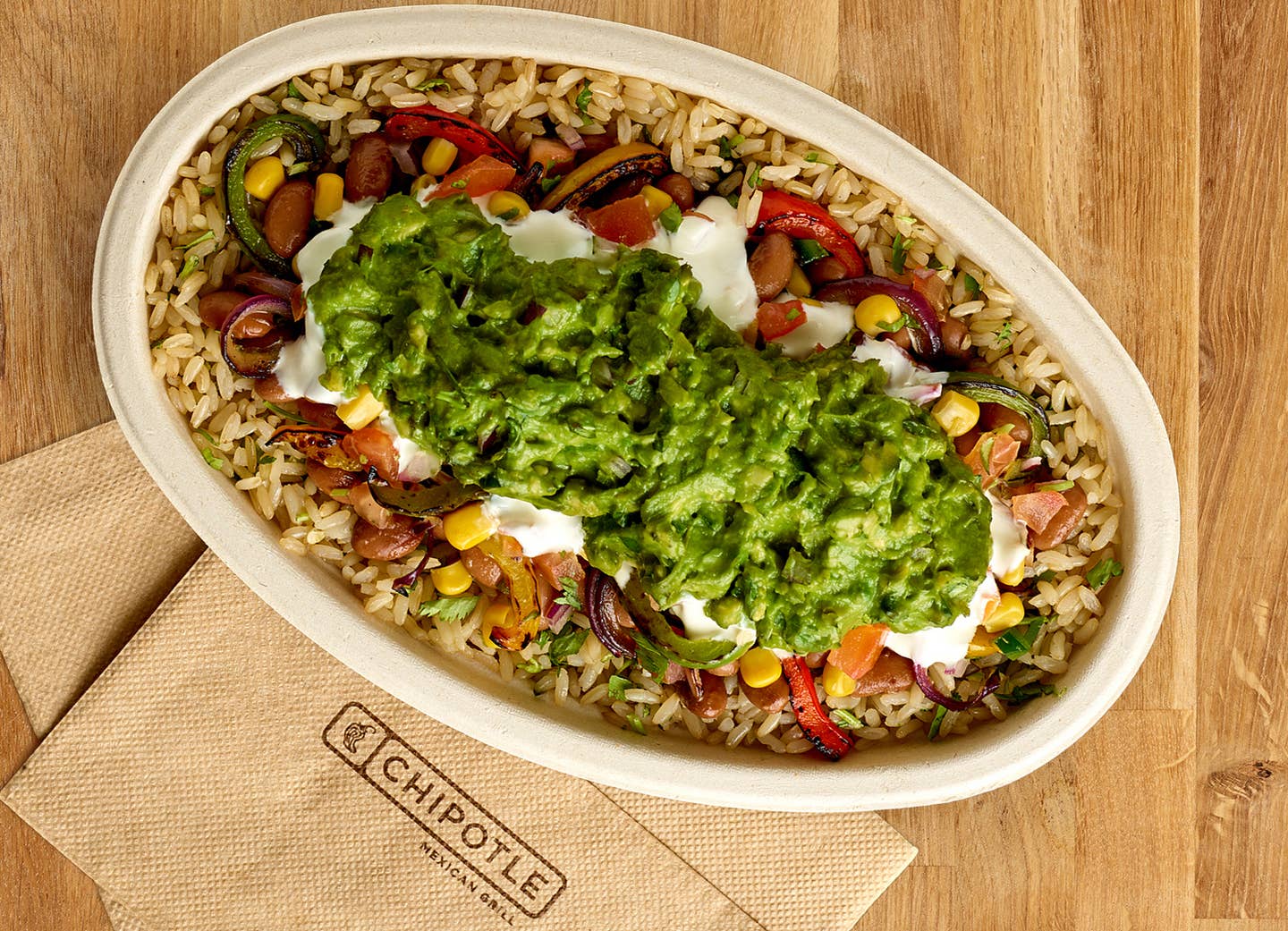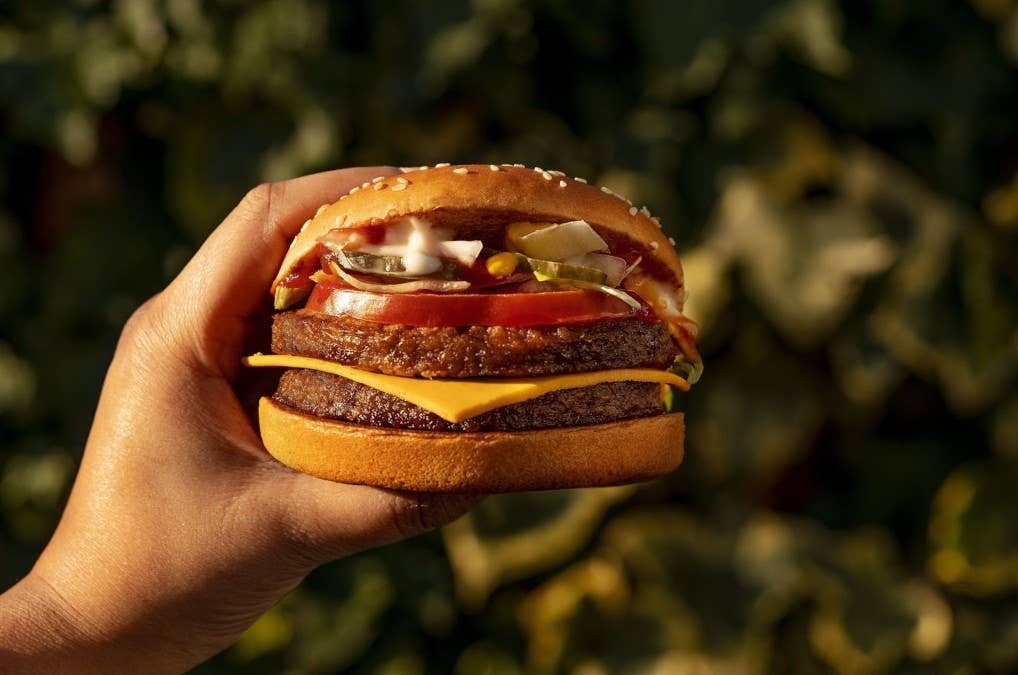
Poll: 70% of Men Would Rather Cut Life Expectancy Short Than Ditch Meat
Historically, eating meat has been closely tied to masculinity and manliness, regardless of the health dangers that are associated with animal products. Non-profit No Meat May decided to commission a survey to uncover just how widespread this connection is. The poll out of Australia found that 73 percent of men would rather cut their life expectancy by 10 years than remove meat from their diets. The poll followed up with participants, finding that 47 percent saw consuming meat as explicitly a ‘masculine undertaking.’
“What was perhaps most shocking, was that 73 percent of male respondents said they’d rather reduce their life expectancy by up to 10 years than give up eating meat, with three-quarters of men not convinced of the health benefits of a meat-free diet, despite the mounting evidence to the contrary,” No Meat May co-founder Ryan Alexander said.
The survey also questioned participants about the environment, asking about views on climate change and the environmental dangers that come from animal farming. When asked about the environment, 81 percent responded that they actively care about the subject. However, 79 percent also replied that they wouldn’t stop eating meat to help the planet, revealing that the stigma behind meat-eating may be keeping people from realizing the nutritional and environmental harm that animal farming presents.
“Significant research over many years has shown that eating meat and other animal products increases the risk of developing certain cancers, heart disease, obesity, and having a reduced life expectancy, not to mention being one of the biggest contributors to global warming and the destruction of our environment,” Alexander said. “Yet our survey alarmingly shows that Australian men are either not aware of any of these facts, don’t believe them, or simply don’t care.”
No Meat May Looks Convince People Worldwide to Ditch Meat
The Australian non-profit is hoping to change the stigma around meat-eating, and persuade people across the globe that eating plant-based is healthier for the planet and personal health. The organization challenged people around the world to eliminate meat for 31 days to promote health and environmental reasons. The non-profit will provide tools and support to any participants who want to test out a plant-based diet. No Meat May is encouraged by the rapidly rising popularity of plant-based lifestyles but realizes from its survey that its work is far from over, especially against misinformed masculinity.
“We reckon it’s time to step up and reject outdated and damaging gender stereotypes around food,” Alexander’s said. “It’s never been easier to give up meat and whether you’re giving up for a month, or looking to make a long-term change, No Meat May is here to provide that safe stepping-stone, evidence-based information, and a tonne of food inspiration to help you along the way.”
Top 10 Sources of Plant-Based Protein According to a Nutritionist
1. Seitan
Protein: 21 grams in ⅓ cup (1 ounce) Seitan isn’t as popular as other proteins, but it should be! Made from wheat gluten, its texture resembles ground meat. It’s often used in pre-made veggie burgers or meatless nuggets. Seitan has a savory taste, like mushrooms or chicken, so it works well in dishes that call for an umami flavor. With a hearty texture, seitan can be the star of practically any vegan main dish. Add it to stir-fries, sandwiches, burritos, burgers, or stews. Like tofu, seitan will take on the flavor of any marinade or sauce.
2. Tempeh
Protein: 16 grams in 3 ounces If you like a protein with a bit of bite, add tempeh to your list. Made from fermented soybeans, tempeh has a slightly nutty flavor and is pressed into a block. Most varieties include some sort of grains, such as barley or millet. Not only is tempeh a plant-based source of protein, but the fermentation process also creates good-for-your-gut probiotics. You can cut tempeh right off the block and use it as the base for a sandwich or pan-fry it with some sauce. Or, crumble, heat, and make it the star of your next taco night.
3. Lentils
Protein: 13 grams in ½ cup cooked Lentils come in multiple varieties--red, yellow, green, brown, black. Regardless of the type lentils are small but mighty nutritional powerhouses. They pack a good amount of protein as well as iron, folate, and fiber. When cooked, brown lentils retain their texture and can be the base for a grain bowl or make a hearty substitute for ground meat in meatballs, lasagna, tacos or Bolognese. Red lentils are a bit softer and make a nice add-in for a hearty soup, chili, or stew.
4. Hemp Seeds
Protein: 10 grams in 3 tablespoons Hemp seeds are a tender and nutty seed, derived from the hemp plant. They contain good amounts of omega-3s, iron, folate, magnesium, phosphorus, and manganese. They are also a solid source of both soluble and insoluble fiber, which helps to keep your digestive tract healthy and humming. Because they pack a double whammy of protein and healthy fats, hemp seeds can help satisfy hunger, preventing those embarrassing stomach growls as you slog your way to your lunch break. Add them to your morning smoothie or sprinkle them on top of yogurt, oatmeal, or even a salad.
5. Tofu
Protein: 9 grams in 3 ounces (⅕ of a block) Made from coagulated soybeans, tofu is the most popular plant-based protein. Soy is one of the only meatless "complete" proteins, meaning that it contains all of the essential amino acids that the body can’t make but needs for muscle and immune function. With 15% of your daily calcium needs, tofu is also a good replacement for dairy.
6. Edamame
Protein: 9 grams of protein in ½ cup This sushi appetizer is a nutrient powerhouse, so eat it anytime. Edamame is really just another name for soybeans in their pods. Let’s list off some stats--a small ½-cup serving of edamame has 9 grams of protein, 15% of your daily vitamin C, 10% of your daily iron and 16% of your daily fiber. Keep a bag of edamame in your freezer to serve as a fun-to-eat side dish or opt for the shelled variety to toss into salads or a grain bowl.
7. Quinoa
Protein: 8 grams per cup (cooked) Quinoa is an ancient grain and since it's gluten-free a great choice for anyone avoiding gluten. Add it to your burger recipe to create filling texture, or instead of meat in your taco or burrito. Quinoa is among the healthiest foods on the planet, delivering phytonutrients that have anti-inflammatory qualities, so keep it in your pantry for any meal that needs a filling grain. Just remember to soak it and rinse before cooking to get rid of any bitter taste.
8. Black Beans
Protein: 7 grams in ½ cup (canned) Eating beans on the regular might as well be a prerequisite for a plant-based diet. Not only are canned black beans inexpensive, but they also contribute 10% of your daily iron and 25% of your daily fiber to your diet. For less than $1 a can, beans can be the star of tacos, quesadillas, salads, soups, burgers, or dips.
9. Amaranth
Protein: 6 grams in ⅔ cup (cooked) Chances are you’ve never cooked amaranth. But you should, since this tiny, gluten- free grain is packed with almost 30% of your daily fiber and 20% of your daily iron. Cook it like a traditional grain to yield a soft, porridge-like texture. Many people add amaranth to other a hot breakfast cereal mixture, like oats and quinoa. It also pops like popcorn. Toss it in a pot with some oil and wait for it to pop up into a nutritious snack.
10. Peas
Protein: 5 grams in ⅔ cup If peas were one of your most hated veggies as a kid, it’s time to give them another chance. These green beans are a great low-calorie protein to keep in your freezer. Sure, they don’t always taste great when steamed or microwaved (who wants to eat mushy, overcooked peas?), but they do blend well into a yummy puree that can be slathered on toast. To amp up the flavor, add some lemon juice or mint to your mix before you blend.
More From The Beet






